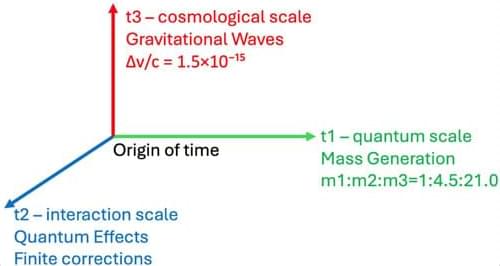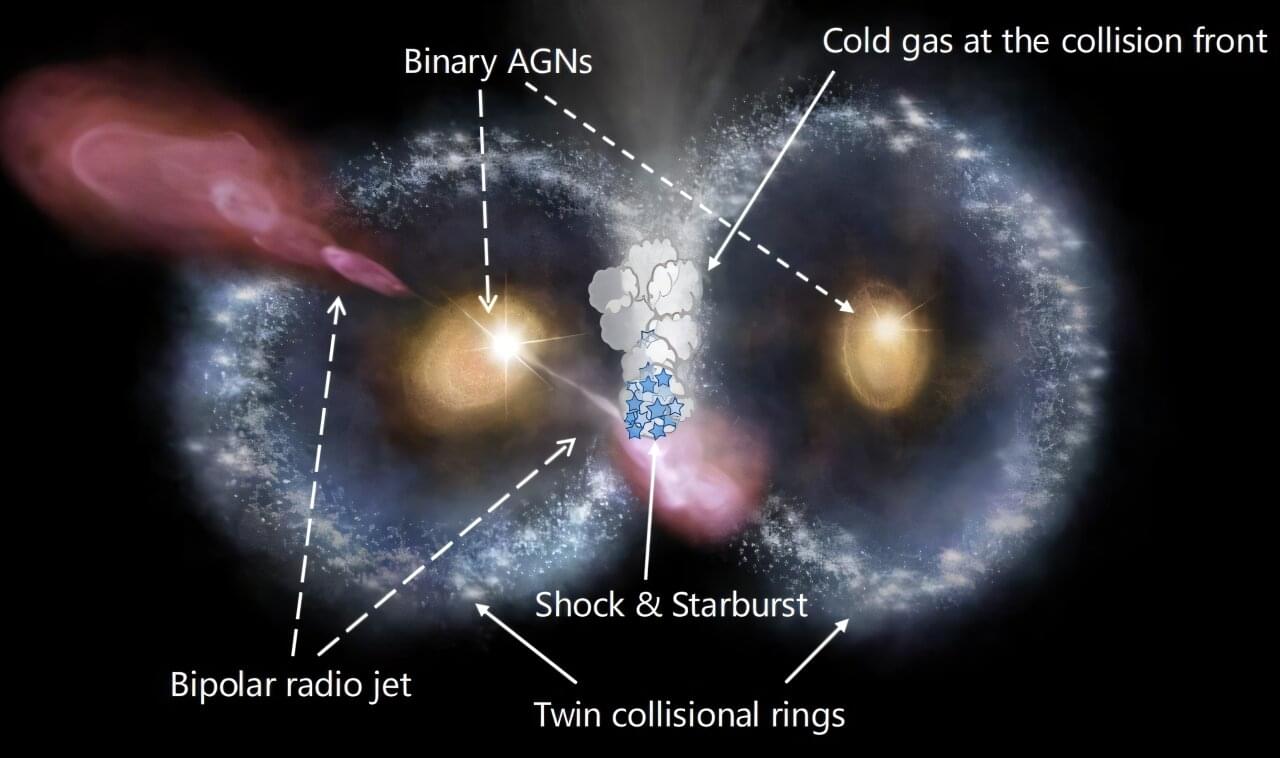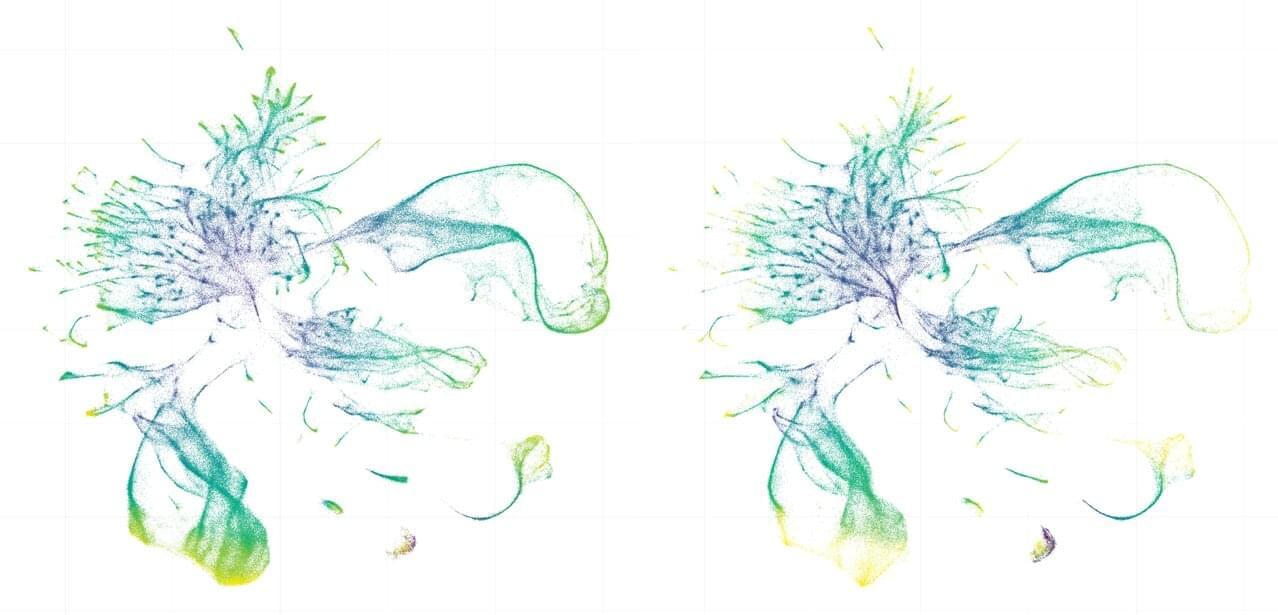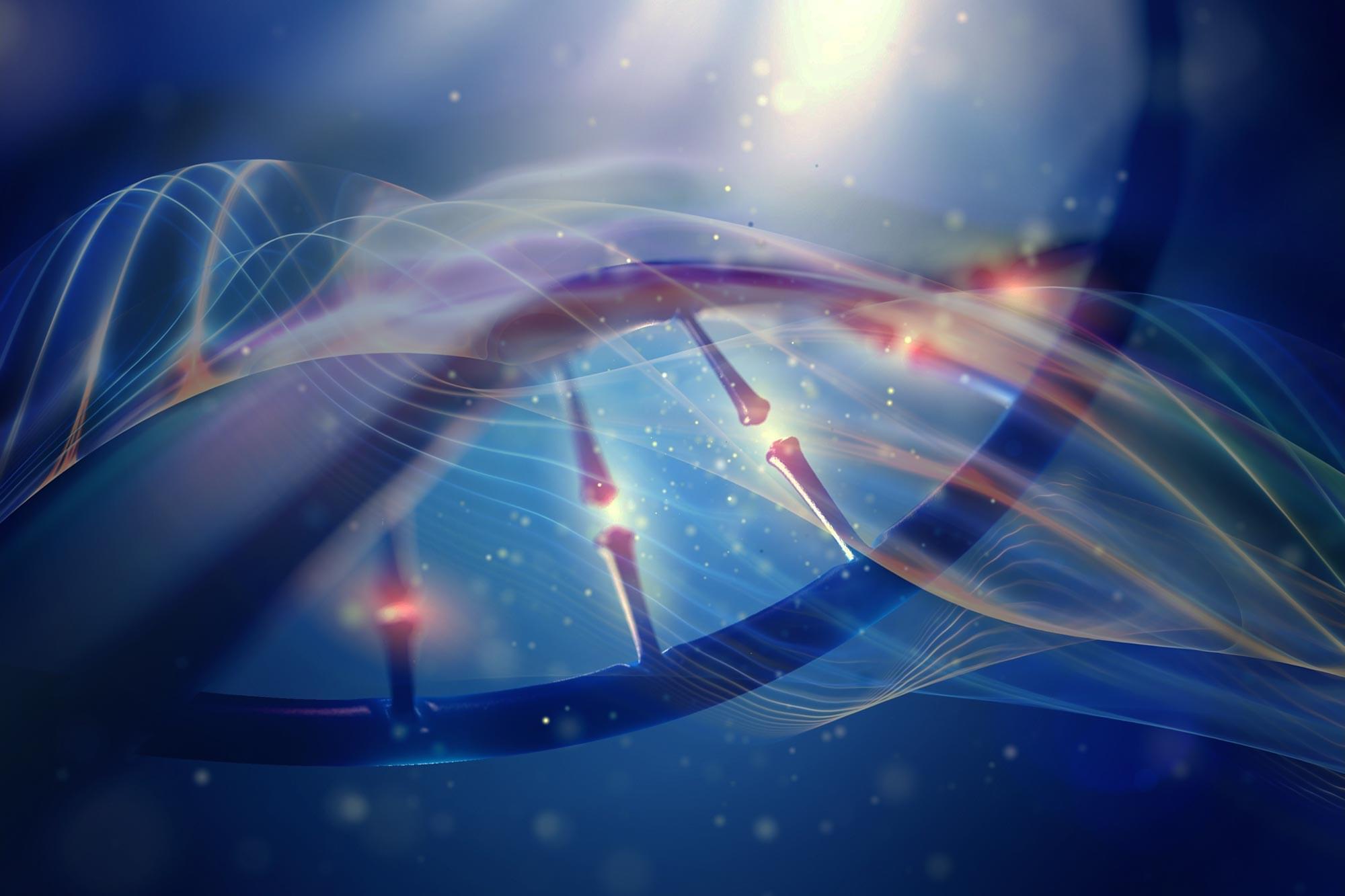A new kind of stellar explosion, far brighter and longer-lasting than supernovae, may help scientists explore the secrets of ancient black holes. These rare “extreme nuclear transients” are reshaping our understanding of cosmic evolution.



A new mobile crypto-stealing malware called SparkKitty was found in apps on Google Play and the Apple App Store, targeting Android and iOS devices.
The malware is a possible evolution of SparkCat, which Kaspersky discovered in January. SparkCat used optical character recognition (OCR) to steal cryptocurrency wallet recovery phrases from images saved on infected devices.
When installing crypto wallets, the installation process tells users to write down the wallet’s recovery phrase and store it in a secure, offline location.

In this paper, the authors propose a three-dimensional time model, arguing that nature itself hints at the need for three temporal dimensions. Why three? Because at three different scales—the quantum world of tiny particles, the realm of everyday physical interactions, and the grand sweep of cosmological evolution—we see patterns that suggest distinct kinds of “temporal flow.” These time layers correspond, intriguingly, to the three generations of fundamental particles in the Standard Model: electrons and their heavier cousins, muons and taus. The model doesn’t just assume these generations—it explains why there are exactly three and even predicts their mass differences using mathematics derived from a “temporal metric.”
This paper introduces a theoretical framework based on three-dimensional time, where the three temporal dimensions emerge from fundamental symmetry requirements. The necessity for exactly three temporal dimensions arises from observed quantum-classical-cosmological transitions that manifest at three distinct scales: Planck-scale quantum phenomena, interaction-scale processes, and cosmological evolution. These temporal scales directly generate three particle generations through eigenvalue equations of the temporal metric, naturally explaining both the number of generations and their mass hierarchy. The framework introduces a metric structure with three temporal and three spatial dimensions, preserving causality and unitarity while extending standard quantum mechanics and field theory.



An international team of astronomers reports the detection of a peculiar merger of two similar ring galaxies that morphologically resemble an owl’s face. The discovery of this galaxy merger, dubbed the “Cosmic Owl,” is presented in a research paper published June 11 on the arXiv preprint server.
Galaxy mergers play a crucial role in the evolution of galaxies. These events redistribute the gas around galaxies, impact the stellar kinematics, transform galaxy morphology, and eventually lead to effective stellar mass assembly.
Some galaxy mergers lead to the formation of collisional ring galaxies (CRGs), which are relatively rare as only a few hundred of them have been detected in the local universe. Rings in such galaxies are created when one galaxy passes directly through the disk of another in a nearly head-on collision, causing gas and stars to be shocked outward into a circular or near-circular pattern.

Two species of worms have retained remarkably similar patterns in the way they switch their genes on and off despite having split from a common ancestor 20 million years ago, a new study finds.
The findings appear in the journal Science.
“It was just remarkable, with this evolutionary distance, that we should see such coherence in gene expression patterns,” said Dr. Robert Waterston, professor of genome sciences at the University of Washington School of Medicine in Seattle and a co-senior author of the paper. “I was surprised how well everything lined up.”
Please consider joining my Substack at https://rupertsheldrake.substack.com.
Does Nature Obey Laws? | Sheldrake-Vernon Dialogue 95.
The conviction that the natural world is obedient, adhering to laws, is a widespread assumption of modern science. But where did this idea originate and what beliefs does it imply? In this episode of the Sheldrake-Vernon Dialogues, Rupert Sheldrake and Mark Vernon discuss the impact on science of the Elizabethan lawyer, Francis Bacon. His New Instrument of Thought, or Novum Organum, put laws at the centre of science and was intended as an upgrade on assumptions developed by Aristotle. But does the existence of mind-like laws of nature, somehow acting on otherwise mindless matter, even make sense? What difference is made by insights subsequent to Baconian philosophy, such as the discovery of evolution or the sense that the natural world is not machine-like but behaves like an organism? Could the laws of nature be more like habits? And what about the existence of miracles, the purposes of organisms, and the extraordinary fecundity of creativity?
—
Dr Rupert Sheldrake, PhD, is a biologist and author best known for his hypothesis of morphic resonance. At Cambridge University, as a Fellow of Clare College, he was Director of Studies in biochemistry and cell biology. As the Rosenheim Research Fellow of the Royal Society, he carried out research on the development of plants and the ageing of cells, and together with Philip Rubery discovered the mechanism of polar auxin transport. In India, he was Principal Plant Physiologist at the International Crops Research Institute for the Semi-Arid Tropics, where he helped develop new cropping systems now widely used by farmers. He is the author of more than 100 papers in peer-reviewed journals and his research contributions have been widely recognized by the academic community, earning him a notable h-index for numerous citations. On ResearchGate his Research Interest Score puts him among the top 4% of scientists.
https://www.sheldrake.org/about-rupert-sheldrake?svd=95
—


A series of studies sheds light on the origins and characteristics of intermediate-mass black holes. In the world of black holes, there are generally three size categories: stellar-mass black holes (about five to 50 times the mass of the sun), supermassive black holes (millions to billions of times the mass of the sun), and intermediate-mass black holes with masses somewhere in between.
While we know that intermediate-mass black holes should exist, little is known about their origins or characteristics – they are considered the rare “missing links” in black hole evolution.
However, four new studies have shed new light on the mystery. The research was led by a team in the lab of Assistant Professor of Physics and Astronomy Karan Jani, who also serves as the founding director of the Vanderbilt Lunar Labs Initiative. The work was funded by the National Science Foundation and the Vanderbilt Office of the Vice Provost for Research and Innovation.